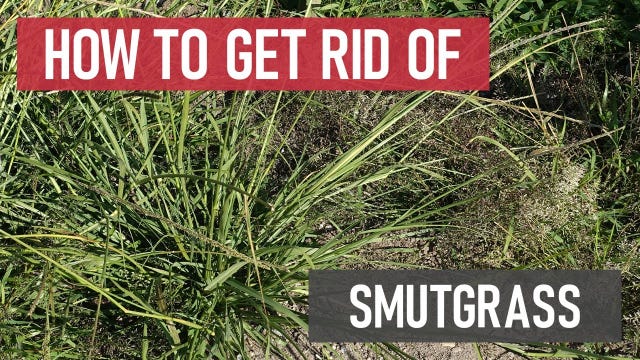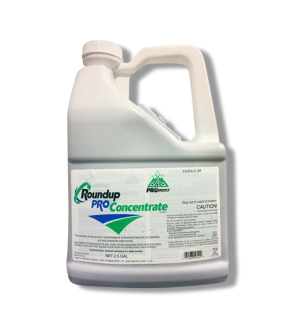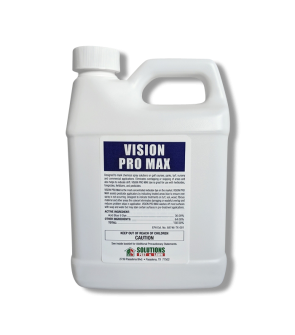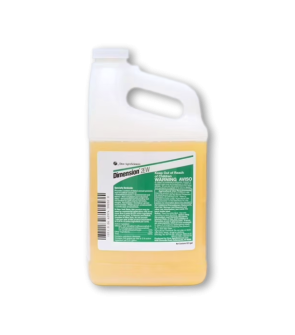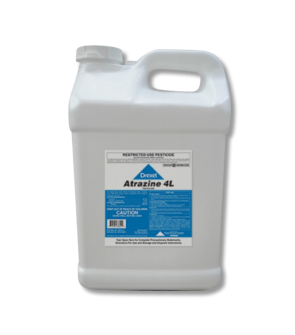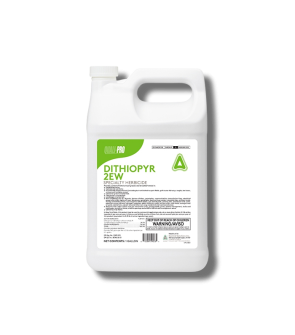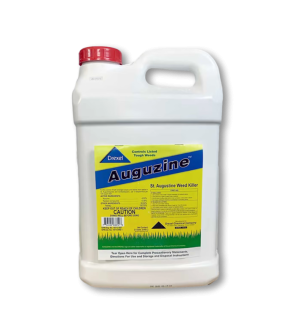Gain access to personalized product screening, the best pricing, rewards, and more!
Most Effective Products
Smutgrass Control: How To Get Rid of Smutgrass
This page is a general DIY guide for controlling smutgrass. Using the recommended products and methods, you can control smutgrass. Follow this DIY article and use the recommended products, and we guarantee 100% control of smutgrass.
Smutgrass, also called poverty grass or just smut grass, is an aggressive bunchgrass that causes severe problems for ranges and pastures. It is most notably prevalent in Florida but has also spread to Alabama, Georgia, Louisiana, Mississippi, and Texas. Smutgrass is Native to tropical Asia, which explains its tolerance for drought and its thriving in warm conditions without needing moisture.
This weed has no nutritional value and is unpalatable to cattle. Cows do not like to eat it, so when it begins to overtake an area, animals overgraze the more desirable grasses, thus allowing smut grass to thrive and spread even more.
If smutgrass is growing on your landscape, we can help. The DIY treatment guide below was developed by our lawn care experts and will show exactly what to do to remove this weed from your lawn using our professional herbicide recommendations. Follow the step-by-step instructions, and you are guaranteed to eliminate smut grass quickly and affordably.
Identification
Before proceeding with a treatment program, you will need to be certain that you are dealing with a smutgrass infestation. Careless identification can lead to using the wrong treatment methods, which can be a waste of time and money. Below are the following characteristics to help you understand what smutgrass looks like.

- Smutgrass is a tufted perennial warm-season grass that grows in slender clumps reaching up to three feet in height.
- It has spike-like seed heads (panicles), which may appear black since they are commonly infested with black smut, hence the name. The seed heads are initially red, orange, or grey to whitish brown, depending on the species and if infested with a fungus. These spike-like panicles have many short branches held closely to the stem, however the lower branches may droop when slighly opened.
- Leaf blades are very narrow and taper to a point. They are usually flat in appearance, but these leaves can be rolled at the base. Sheaths are hairless, while margins might have some tiny hairs along them. These leaves grow up to 1 foot in length and 0.2 inches in width.
Use our description and image above to help you identify smutgrass on your lawn. If you are having trouble with identification, contact us, and we will properly identify the plant for you and give you the best product recommendations for control.
Inspection
Once you are confirmed that you are dealing with smutgrass, you can move on to inspection. During this phase, you will locate areas where smutgrass is thriving and observe the conditions that allow it to thrive. This information will help you know where to focus your herbicide application.

Where to Inspect
Smutgrass favors sites with compacted soil or open spaces with humid climates.
This weed commonly appears in pastures, home lawns, and along roadsides throughout the southern and western United States.
What To Look For
Smutgrass is a warm-seasoned perennial weed that remains dormant in the winter and begins growing in the spring. From July to September, this weed will start to produce flowers and seeds.
When looking for smutgrass, be on the lookout for any uneven growth and clumping or blackened seed heads.
Treatment
After identifying smutgrass and inspecting where it is most active on your property, you can begin treating your area. Be sure to wear the appropriate personal protective equipment (PPE) before handling or applying any product.
Post-emergent herbicides containing hexazinone or glyphosate have shown the best control over smutgrass.
RoundUp Pro Concentrate Herbicide is a non-selective post-emergent herbicide that controls various weeds, including smutgrass, in residential areas, pastures, and rangelands.
Due to its non-selective formulation, this product will kill all vegetation it comes into contact with. To help avoid unwanted applications, we recommend placing a barrier, like a cardboard box, between the smutgrass and desirable foliage.
Step 1: Measure and Apply RoundUp Pro Concentrate Herbicide
Measure the square footage of the treatment area to determine how much RoundUp Pro Concentrate Herbicide to use. To do this, measure the length and width of the treatment area in feet and multiply them together (length X width = square footage). For acreage, divide the square footage by one acre (square footage / 43,560 sq. ft. = acres).
For spot treatment, use a 1.6 percent solution. To achieve this, mix 2.1 oz. of RoundUp Pro Concentrate Herbicide with 1 gallon of water.
To keep track of where you’ve applied this non-selective herbicide, we recommend mixing a product like Vision Pro Max Indicator Dye into your solution. Vision Pro Max Indicator Dye is a blue colorant dye that temporarily turns turf blue so you can see where you have applied the product.
Add 0.10 oz. of Vision Pro Max Indicator Dye per 1 gallon of water.
Mix half the water, add the proper amount of RoundUp Pro Concentrate Herbicide, and pour in the remaining half of the water. Add the measured amount of Vision Pro Max Indicator Dye and agitate until the entire solution is well-mixed.
Spray the top and bottom of weed leaves until wet, but not to the point of runoff.
Prevention
Once smutgrass has been eliminated from your property, you will need to implement preventative measures to ensure that it does not return.
- To prevent smutgrass, use a pre-emergent such as Dimension 2EW Herbicide. This selective, pre-emergent herbicide comes in a liquid form and will control smut grass and other weeds in established lawns, landscape ornamentals, and other terrains. Apply 0.73 fl. oz. of the Dimension 2EW Herbicide with 1 gallon of water to treat 1,000 sq. ft. Broadcast the product over your treatment area, then after 6 hours, water the area with about half an inch of irrigation.
- Regular lawn maintenance has shown significant results in decreasing smutgrass infestations. Mowing helps to lessen the diameter of the weed overall, but it can also increase density.
- Maintain adequate watering with an inch of irrigation once per week, preferably in the early morning, so there is enough time for the water to absorb. Watering the turf with the proper amount of water will help choke out the weeds. Fertilization with a slow-release granule fertilizer will also help.
Key Takeaways
What is Smutgrass?
- Smutgrass is a tough-to-control perennial grass and a carrier of black smut fungus, which can do serious damage to your desired vegetation.
How to Get Rid of Smutgrass?
- Our top product for treating smutgrass is RoundUp Pro Concentrate Herbicide.
Preventing Smutgrass Reinfestations
- To prevent the return of smutgrass, apply Dimension 2EW Herbicide and implement a solid maintenance routine (mowing, watering, fertilizer) that promotes thick, healthy turf.






